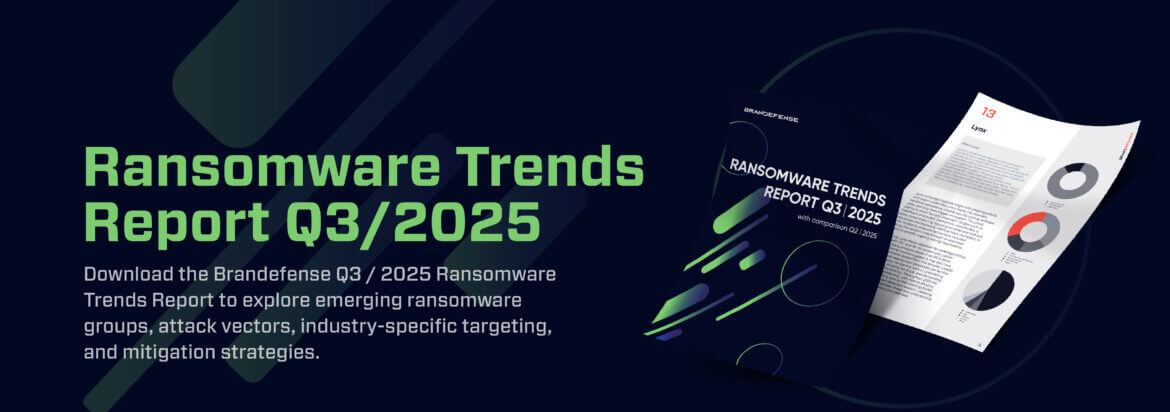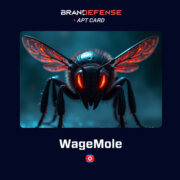The “Soft Target” Myth: Why the Education Sector Remains a Prime Target
When cybersecurity professionals consider high-value targets, they often think of banks, defense contractors, or government actors. However, ongoing darkweb threat intelligence investigations through 2025 reveal that the education sector remains one of the most commonly targeted verticals throughout 2023.
Education systems of all types, from small K–12 districts to international research universities, are attractive because they are two-sided: repositories of sensitive personal data and open, collaborative environments. Any attacker will perceive educational institutions as “soft targets” consistently under-resourced, decentralized, and places where academic openness is prioritized over stringent access control.
This is not a misconception. Like any such justification, there can be some misconceptions. As of early 2025, multiple universities’ networks in Europe and North America appeared for sale on re-emerging marketplaces like BreachForums and RAMP, with sellers advertising “fresh.edu VPN access” gained through new exploitation of vulnerabilities (CVE-2025-0342 and CVE-2025-1201). Such instances illustrate a regular reality the educational sector is a lucrative target, and it is unprepared for these very public shifts.
The Structure of an Academic Credentials Leak
An analysis of the darkweb in 2025 demonstrates three overarching themes of education specific breached data activity. Each category has a slightly different criminal intent, from low-level credential abuse to significant impact-based espionage.
Category 1: Credential Leaks – The Ground Layer
The most common type of leaked data are the massive combo lists of .edu emails along with plaintext, or weakly hashed, credentials. Many of these come from a phishing event or other third-party breaches.
Example of leaked credential posts observed: “1.5M Verified .edu Accounts”, “Faculty Portal Logins – US & EU”.
Value to an attacker:
- Credential Stuffing: Legitimate credentials are used across multiple unrelated services, taking advantage of credential reuse.
- Initial access: Any valid faculty or student account gives a threat actor access to an institution’s systems, allowing them to appear legitimate and avoid baseline levels of authentication and then continue on to move laterally through an institution’s network.
- MFA fatigue: In 2025, we have noted an uptick in the number of attempts to abuse single-factor SSO environments and induce staff users into MFA push fatigue.
Category 2: Personally Identifiable Information (PII) The Goldmine
Think about it: universities have vast amounts of sensitive data that they store: housing history, medical records, scholarships, and parents’ information. If this is stolen, it can then be used to manipulate our mental wells, or mixed in with financial records, to manipulate money.
Sample Listings: “Student Database Full – Asia Region,” “Faculty Payroll + PII Bundle.”

Attacker Values:
- Targeted Phishing: Threat actors create hyper-personalized messages referencing actual course numbers or aid transactions to entice victims to unknowingly harbor their credentials to a portal built for credential harvesting.
- Identity Theft/Fraud: Student records are often “clean” student value, with few, if any, financial records attached, and repurposed to create synthetic identities, which is a growing darkweb business segment since early 2025.
- Leveraging reputation: Attackers are increasingly threatening to release sensitive PII to media outlets to extort ransom payments.
These are just a few examples of the monetization of sensitive PII, and just this academic term we have seen both AcademiaNet and EduVault ransomware leaks referencing Rhysida and Akira affiliates respectively in Q1 2025.
Category 3: Intellectual Property & Research The Crown Jewels
Beyond credentials and personal data, research assets are now prime targets.
Medical, aerospace, and AI research programs have been explicitly targeted by China-nexus APT41 and Russia-based Midnight Blizzard, both identified in 2025 campaigns leveraging compromised academic logins.
Observed listings: “Engineering Research Server Access – EU,” “Medical School Dataset Pre-Publication.”
Attacker value:
Espionage: Stolen research provides geopolitical and commercial advantages.
Extortion: Threat actors ransom unpublished or patent-pending material, exploiting the reputational risk universities face if proprietary research is exposed.
This evolution reflects a clear shift: attackers are no longer opportunists but data brokers in a knowledge-based economy.
A Shift in the Marketplace: From Databases to Access-as-a-Service
While access to stolen datasets continues to be common, 2025 marks a shift toward access brokerage. Access Brokerage, or Initial Access Brokers (IABs), are increasingly packaging persistent access to a university network as a premium product.
These offers typically include hybrid cloud (AzureAD + on-prem) credentials with administrator access, often advertised for “lateral pivot to our corporate partners.” Their prices range from $2,500 to $3,000 USD (XMR), a clear indication of the institutional value assigned to academic infrastructure.
This commodification of access only heightens systemic risk. A single compromised faculty email address may be trusted delivery vector for ransomware payloads into national laboratories, federal and/or government contractors, or appointed research partners in the private sector. The .edu domain is a psychological and technical blind spot for many enterprise security gateways.
Actionable Intelligence to Defenders
The intelligence gained through darkweb monitoring is not retrospective. It is operational.
Each dataset, listing, or set of credentials represent a signal of early warning that defenders can incorporate into a proactive defense posture.
For the SOC Analyst
Integrate Breach Data: Route and ingest verified darkweb credential datasets directly into your SIEM or SOAR platforms. Mark as a flag if any gateway attempt is made via a VPN or SSO with an identified compromised credentials. Contextualize the behavior: In your organization, treat anomalous behavior associated with cross-department multiparty access violations, like a “student” accessing research storage for immediate investigation triggers. The egress patterns, quiet and consistent data exfiltration from research servers, may signal potential IP theft versus obvious ransomware staging.
For the Incident Response Lead
Proactive Hunting: Regularly review and test new credential dumps and test against internal logging. A single hit should be sufficient to trigger immediate credential rotation and user verification. Prioritize data, segmenting any faculty or department specific data for sale if evidence of compromise with that faculty is observed. Rapid and often generational privilege review occurs from the compromised user account with the capacity to continue down this path. Enforce MFA: Execute and enforce phishing resistant MFA across all users and systems, as the data post-2025 demonstrates the evidence for MFA being effective at thwarting and stopping initial user credential compromises.
- For the Threat Researcher
Map TTPs to Actor Motivation: Threat actors motivated by financial gain are more likely to favor the sale of PII and access, while state-sponsored actors tend to go after research data. The distinction is important because it can bolster defensive posture.
Track Pricing Trends: When monitoring forums, ideally the institution’s access is viewed as valuable. The trend line up or down for the “price point” of access expresses both the security maturity of the institution, and the interest of the attacker.
Watch for IAB Evolution: IABs are starting to bundle their education access services with municipal or healthcare networks, which may lead to an IAB cross-pollination campaign in 2025.
- 2025 Outlook: From Reactive Cleanup to Predictive Defense
The education sector is at a crossroads in 2025. Threat actors are not only exfiltrating data, but are now exploiting academic trust networks as infiltration corridors into the broader economies and ecosystems.
Universities are targets, as well as transit points for actors in global intrusion chains.
To combat the evolution of the threats, defenders must go from incident remediation to predictive defense. Tracking the darkweb continuously, corroborating current cloud and enterprise credentials in near real-time, and sharing actionable intelligence with the private sector will go from being a reaction to being proactive; leaking data can shift from a drag on the institution to a leading indicator.
The time of treating academia as a “low risk” vertical is over. The institutions that take threat intelligence seriously today will be the ones that not only save their data, but preserve the data that is foundational to global research and innovation.







